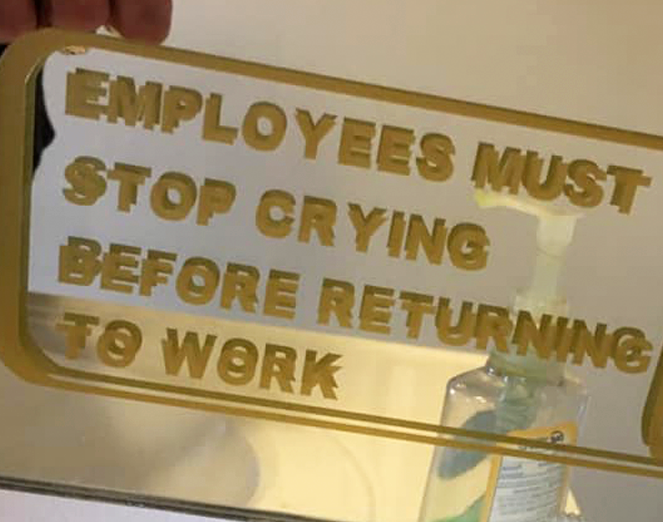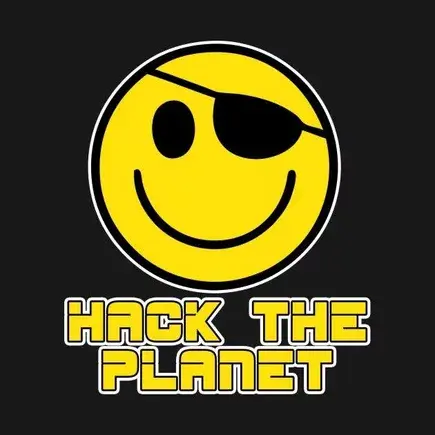

Anecdata, but SSDs will last longer than you want to use them in terms of write endurance.
My NAS OS SSDs are 500gb hynix drives from about 8 years ago, and they’re pushing 150 TBW.
150TB is a LOT of write cycles on a small drive, and they’re still reporting 94% endurance remaining.
The controller will die or I’ll upgrade well before that breaks at the rate it’s going.
Also keep in mind that you can read flash all you want and that doesn’t wear anything (unlike a HDD, amusingly), so for most consumer use cases, they’ll load the drive up with their data, and then only slowly modify or add to it, but have lots and lots of read access.










Yeah it’s the drives and the controller for all the drives that are making the power usage what it is. I could replace some of the older drives with a newer one and be able to ditch the smaller drives and controllers, but it seems a waste to do that until they die.
Also, I wouldn’t mind ditching for a Sufficient™ amount of nvme storage, but SSDs aren’t actually getting cheaper and are probably going to do the opposite, so I’ll likely end up doing uh, nothing,